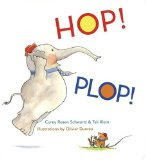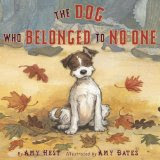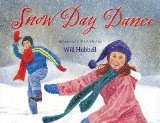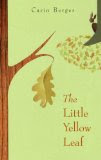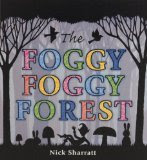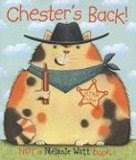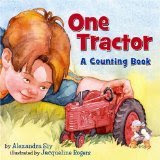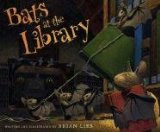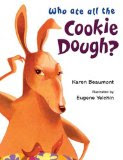 An Egg Is Quiet
An Egg Is Quiet
Written by: Dianna Aston
Illustrated by: Sylvia Long
An Egg Is Quiet. In a home with three rambunctious children I often yearn for quiet. Admittedly there are occasions when I use read aloud time to gain just that, and the regrouping that inevitable follows. Although an egg is quiet and read-aloud time is relatively so, this book invites a little bit more. It invites and ignites the glorious noise of children inquiring, commenting, exploring, and learning. This is an especially good kind of noise.
As simply as her title, author Dianna Aston informs you in her book of the many aspects of an egg. Really, when I think of it, how many could
I come up with? This author comes up with many, all in one simple sentence per page beginning with "An egg is..." It is many things! Amongst the simplicity of these succinct one liners are smaller lines of print that can stand on their own, with pertinent and interesting information. These lines contain not too much, not too little, and just enough information to invite curiosity, amazement, and of course a little learning as a byproduct. To point out what you already may know about books of this sort --these additional lines mean this book can grow with your child. With much younger children the one main sentence can suffice. With time, additional lines can be added little by little. Unlike other books with stand alone text, I would like to emphasize that these notes are truly not too much or too little. I am not partial to text of this sort but in this case the lines are to near perfection, and add quite nicely to the book. For older children the additional text is naturally and fittingly a part of the flow of their exploration.
The illustrations? How can I even express them to you? Illustrator Sylvia Long manages to make salmon eggs look incredible, and I am left still to believe it. These eggs, true to their nature but placed against a white background are as beautiful as Easter eggs. Whether my family can make our Easter eggs as beautiful is yet to be determined, but we plan to try. The eggs in this book are hand labeled, and beautifully so, fairly inviting a beautiful collection of any sort of any thing of you could find! I am partial to watercolor and ink, but I can't imagine these paintings not pleasing a one. An egg is textured, and you simply have to reach out and just
feel, because it looks so!
At the finale of this book there are many creatures to observe, and though I have not checked I feel confident that each egg has a master at the end. What is inside of an egg is not quiet at all, and that has very much to do with the nature of an egg in the end. As for not knowing whether or not there is a creature for each egg precisely --that is one of the virtues of this book. We are still exploring and learning from it.
 Bats at the Library
Bats at the Library






